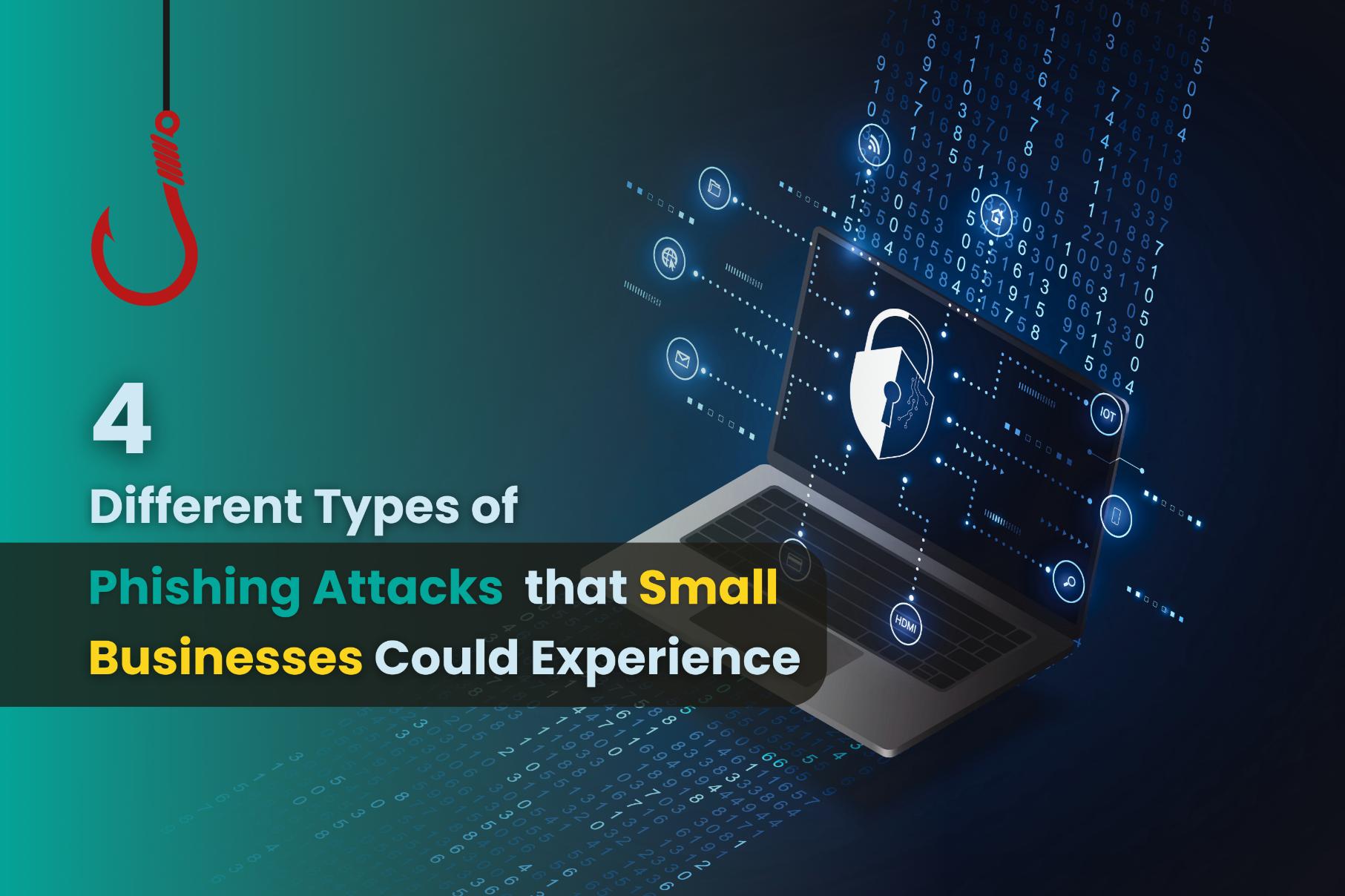The other pandemic: Doomscrolling
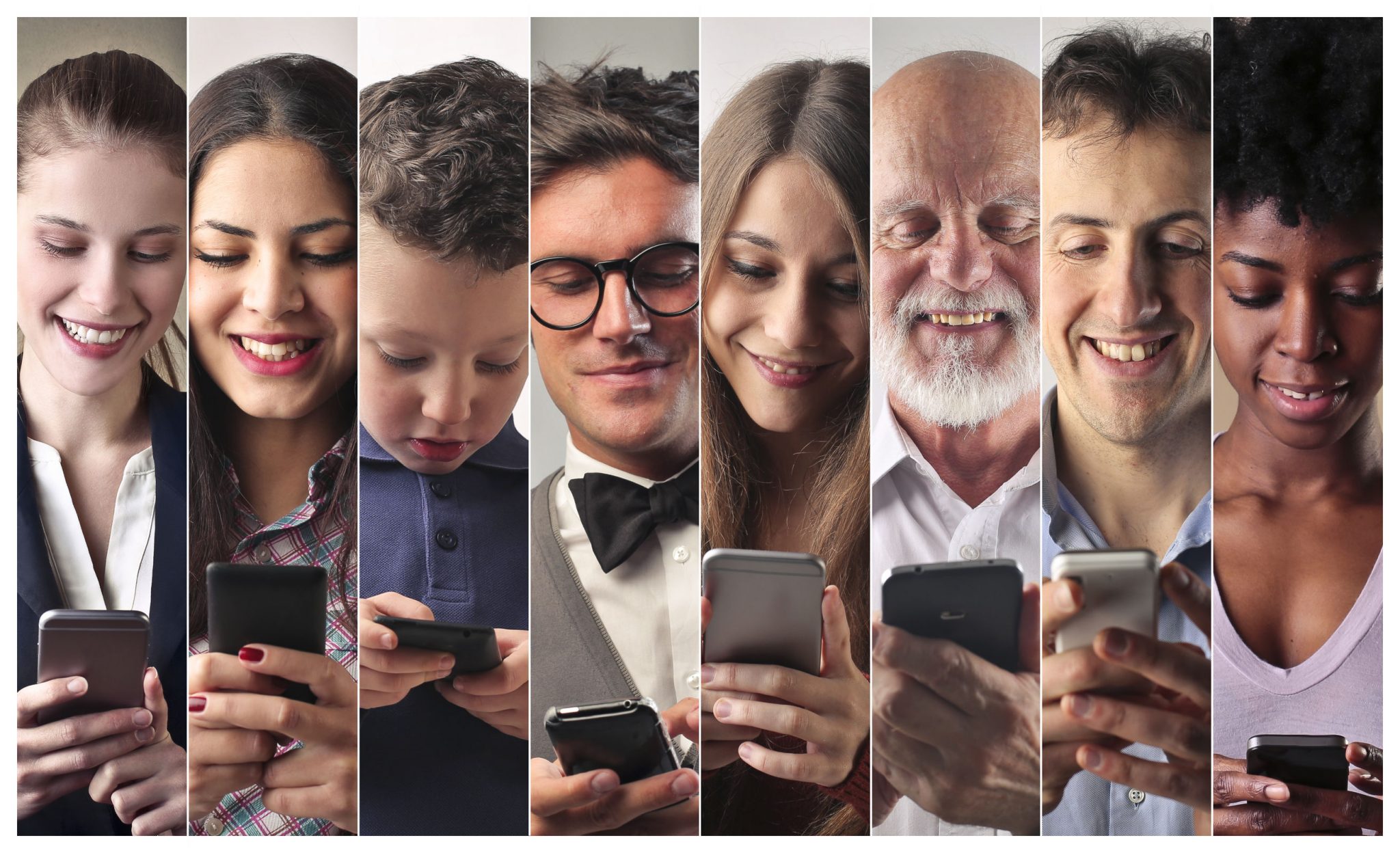
by Chan Wern Shen
- Doomscrolling doesn’t only happen to adults; an increasing amount of children are being affected too.
- Research shows that it triggers anxiety, and worsens depression.
- Fighting back isn’t easy, but it is achievable with the mix of discipline, common sense and a strong desire to change.
Stepping through your front door after a long day in the office, you half expect to hear your daughter’s running feet to greet you home. But as the door closes shut behind you, all you hear is the sound of the TV playing in the background.
Peering through to the hall as you put your shoes away, you notice your daughter curled up on the sofa, furiously running her finger up and down the screen of her iPad.
“At least she’s not dancing or bouncing around like those other children do on TikTok,” you tell yourself, in a self-assured inner voice. “No sound coming out of her iPad either. Maybe she’s reading something online.”
You chuckle at that last thought, and continue to walk by. She hasn’t acknowledged your return home, and is engrossed with her screen. But you pay little attention to it, and continue walking past her.
You drop a light pat on her shoulder, and head in to wash up. It’s been a long day after all.
Later over dinner, few words are exchanged at the table. She’s quick to finish up and hops back on the sofa before you can even finish examining her plate – she’s eaten all her vegetables and rice, so you don’t have any reason to get upset. But deep down you feel that something’s off.
Shrugging off the uneasy feeling for the second time this evening, you finish up the dishes and pull out your laptop. There are a couple of emails left to reply to, before you can call it a night.

Before you know it, it’s already midnight – you’ve been so engrossed in finishing up work that you didn’t notice that your daughter is still curled up on the sofa in the same position as she was 3 hours ago.
As you motion towards her, she jolts up, quickly wishes you good night, and retreats to her room. You can’t help but to wonder what she’s been doing for the past few hours – who knows how long she’s been stuck to her screen before you reached home?
Curious, worried, you do a Google search – “what are the signs of internet addiction”.
The search results are scary. The headlines, shocking, and clicking into them reveal even scarier statistics. Line by line, you read and try to relate the written scenarios to what you’ve just witnessed today.
You don’t even realize that you’re now curled up on the sofa yourself – assuming the vacant spot left by your daughter. That’s not important right now, because you need to read all you can – you need to find out what the problem could be.
An alert pops up at the top of your screen and forces you to look up – “Low battery warning: 5% left”.
Cursing yourself for not plugging into a charger earlier, you notice that it’s eerily quiet around you. A quick glimpse at the clock reveals why – it’s 4.30am.
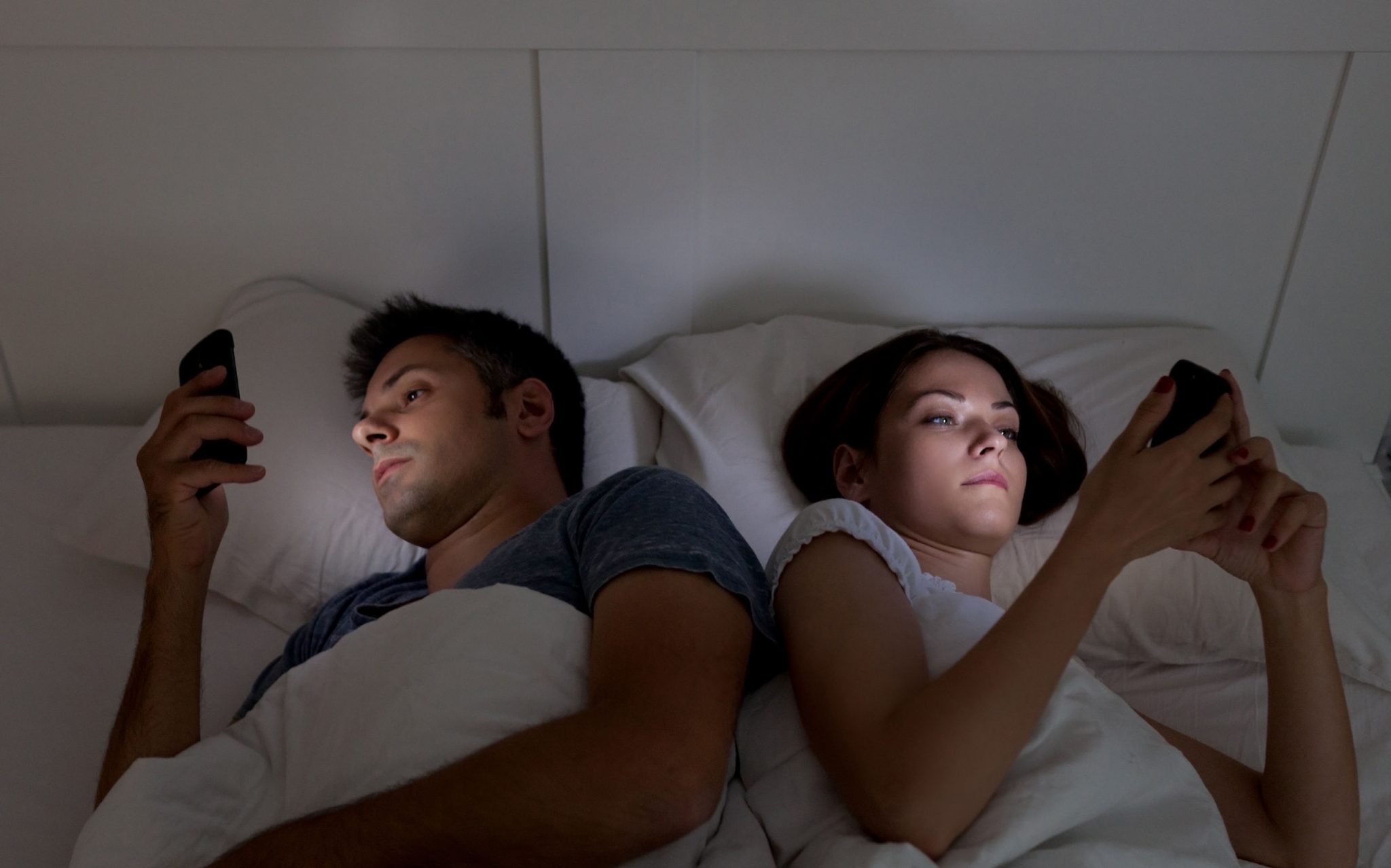
Am I doomed?
The term doomscrolling itself is relatively new. Merriam-Webster attributes its origins to early 2020, around the time that the COVID-19 pandemic changed the world as we knew it, when turning to our digital devices for solace was one of the few pleasurable options available to us from the confines of our homes.
Whether it was to check on the latest pandemic updates, to be on top of any updates relating to your friends or family, or simply to catch a hopeful glimpse of the world outside your four walls, doomscrolling spread and infected more people than the COVID-19 virus itself.
Before you laugh it off though, be warned that doomscrolling effects the best of us. If you haven’t already been diagnosed as a doomscroller, chances are it’s because you just don’t recognize the symptoms.
Think about the casual social media binges that you go on while waiting for the water to boil, for the lift to arrive, or to keep you from falling asleep on the MRT? Those binges are time sensitive because the moment that the train doors open, you’ll be dashing out of the train while unceremoniously jamming your phone back into your pocket or handbag. Whether you like it or not, those sessions face forced endings.
Now compare that to how you consume social media just before you go to sleep – when you’re comfortably tucked in under your blanket, wanting to sleep, but just not able to yet.
Your first instinct drives you to pick up your phone and pop open your social media app of choice – it could be Facebook, it could be Instagram. Maybe it’s Twitter? Or if you’re a real junkie, it could be Reddit. But whatever it is, it doesn’t matter, because you’ll start to scroll.
Occasionally, you’ll arrive on a thumb stopper. Whether it’s an article to read, a picture to critique or a video to laugh along to, something will stop you from scrolling. But once that’s over, you’ll find yourself back to your social timeline and scrolling again.
How long do these sessions take? Does all this scrolling help you go to sleep earlier? Or does it keep you up way beyond your designated 7-hours-of-sleep-a-night cut off time?

The other pandemic
Kevin Roose from The New York Times describes his early doomscrolling experiences as, “falling into deep, morbid rabbit holes filled with coronavirus content, agitating myself to the point of physical discomfort, erasing any hope of a good night’s sleep.”
Although not exclusively a lockdown phenomenon,the proliferation of doomscrolling was undoubtedly accelerated by the situation. 2020 had no shortage of attention grabbing headlines – from the Aussie bushfires in January to the assortment of foreign and local political turmoil that followed, and the seemingly endless laundry list of disasters that were to come – it almost felt like something new was happening every time you refreshed your timeline.
That, coupled with infinite scrolling timelines and algorithm updates that just knew what to serve you to keep your attention glued to the screen was just too much to resist. But just don’t take our word for it, because the numbers don’t lie – Twitter’s daily use numbers have jumped 24 percent since the start of the pandemic, while Facebook’s numbers are up 27 percent, data analysis shows.
Our kids weren’t spared either. Music factories like Super Simple Songs, edutainment clips from Blippi and the adventures of the Octonauts and the Paw Patrol kept them glued to their screens for hours. And when they weren’t watching cartoons, they would either be watching the latest dances from TikTok or convincing you to appear in one.
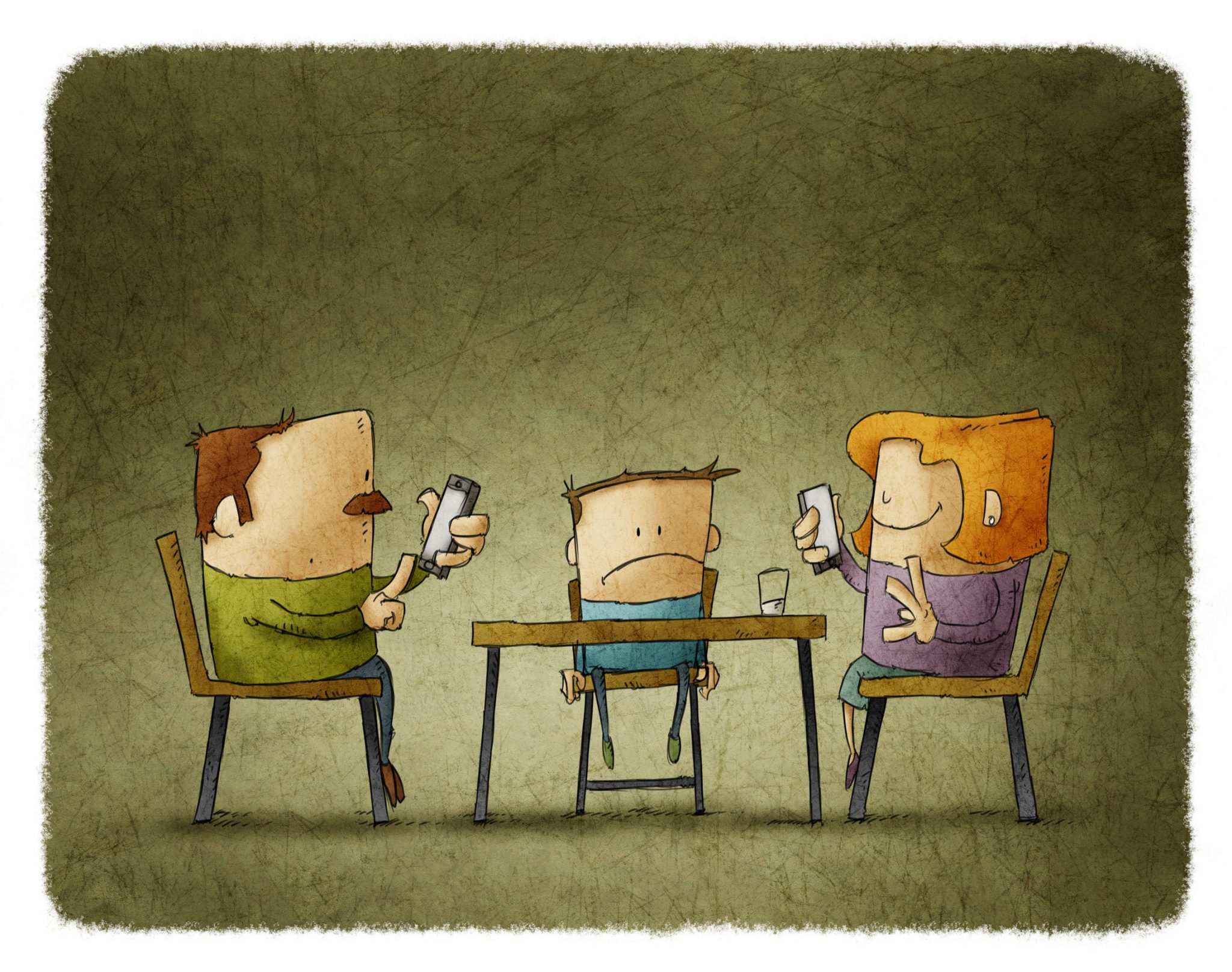
How it all begins
Although not strictly classified as obsessive compulsive behavior (OCD), doomscrolling does share a lot of similarities. American Psychologist Dr. Susan Albers tells us that, “when your brain continues to loop around on a particular topic similar to endless scrolling, it is not really about finding news, it’s about reducing anxiety.”
She explains, “If you’re depressed, you often look for information that can confirm how you feel. If you’re feeling negative, then reading negative news reconfirms how you feel. It’s the same mindset.”
An unsatisfying addiction at its core, the continuous scrolling can quickly evolve into a mindless habit, where most of the time you’re not even aware that you’re doing it.
Dr. Leela R. Magavi, a psychiatrist and regional medical director at Community Psychiatry adds that even when you’ve reached the end of your timeline, “the vicious feedback loop draws people back to news and scrolling yet again.” And like any addiction, the transient assurance gained by reading the news loses its satisfying value, and worsens anxiety over time.
In the long term, doomscrolling increases levels of stress hormones like cortisol and adrenaline. Research routinely shows that chronic levels of elevated stress hormones are associated with many physical health issues, including heart disease, diabetes, and obesity. Given that mental health is connected to physical health, it’s no surprise that it eventually affect the physical body too, from interfering with sleep to creating a craving for comfort food and overeating.
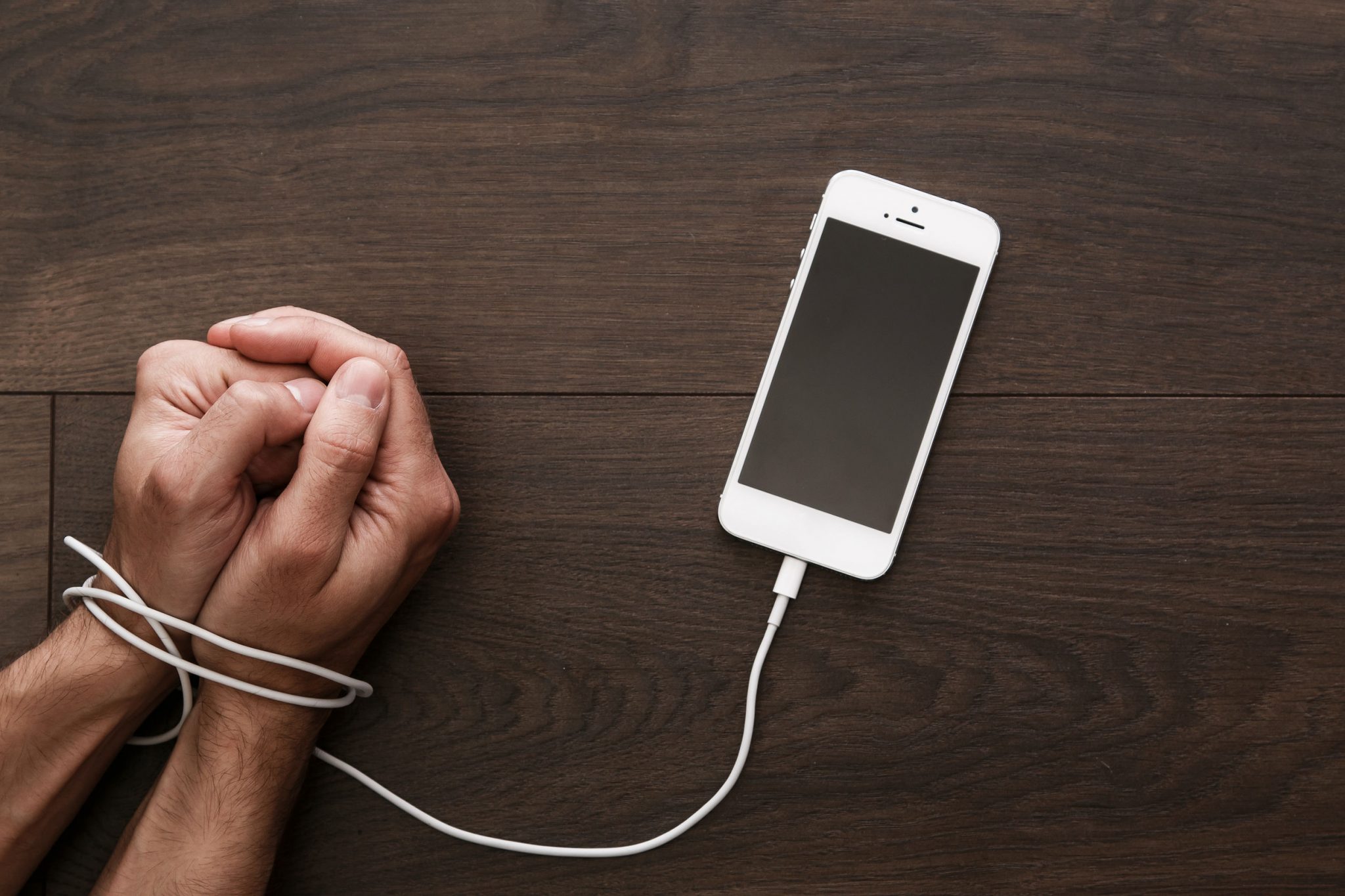
Fighting back
Fortunately, it’s not all doom and gloom from here on. Fighting against the urges will inevitably be a difficult task, but a little behavioral shaping and a whole load of conviction should get you out of the rut.
- Set a time limit
Whether it’s for your kids or yourself, set a time limit to all digital media consumption sessions. Turn on a timer, set an alarm, or go one step further by using Audra HomeShield’s time limit function that allows you to go on your favorite social media site for a fixed amount of hours a day.
- Set social media free days
Choose certain days in a week to be decreed social media free days, where all social media usage on that particular day is banned throughout the household. Remember, children learn from what they see, so if you want them to adhere to these rules, you have to lead by example! You can easily block access to social media sites on specific days through the Category Block feature on Audra HomeShield.
- Practice gratitude
Doomscrolling triggers anxiety or depression when you keep getting served negative or distressing headlines.Therefore, a simple “fix” would be to make a daily list of things that you’re grateful for. For example, if you read a new rumor that a full lockdown might be coming, be thankful that your job allows you to work from home without any restrictions and that your nearest and closest are in the pink of health.
- Create digital safe zones around the home
If you know that doomscrolling usually hits you hardest when you’re lying in bed, then ban the use of mobile devices the moment you put your feet up. Although you’re probably the only one who can enforce this rule, a little will power goes a long way. In the beginning, setting Bed Time rules in Audra HomeShield will completely cut off internet access to your device at a certain time. Once you grow out of the habit of having a 5-minute browse before you sleep, you can turn that feature off.
- Commoditize casual internet access
Going online for work or school is exempt from this exercise since those tasks are unavoidable, but beyond that, any other casual internet form of access should be chargeable. Give members in your household a set amount of free daily internet time through the Audra HomeShield Set Daily Limit panel, and let them manage how they use it themselves. Once Audra tracks that they’ve used up their daily quota, charge them for additional hours in exchange for household chores like mopping or doing the ironing.
- Create a list of go-to alternatives
Have a few minutes of downtime while you wait for the kettle to boil? Don’t pull out your phone – instead, start a 3 minute meditation exercise. Is the elevator taking too long to reach your floor? Pull out a small notebook and write down a list of tasks you need to complete today, instead of opening Twitter. As long as you’re not pulling out your phone, any quick and simple activity will help!
- Talk it out
Setting up Category Blocks, Bed Time and Daily Limits will kick off a gradual healing process, but it won’t fix the problem 100%. Through the Audra HomeShield monitoring screen, you’ll be able to see if anyone in your household is having problems adjusting. Is your daughter still trying to access social media even on blocked days? Have a chat with her instead of rushing to discipline her. Notice that your significant other is still trying to get a social media fix before bed? Check in with them to see if there’s any looming anxiety that’s keeping them from falling asleep. Use this opportunity to identify root issues, and try to work them out together.

